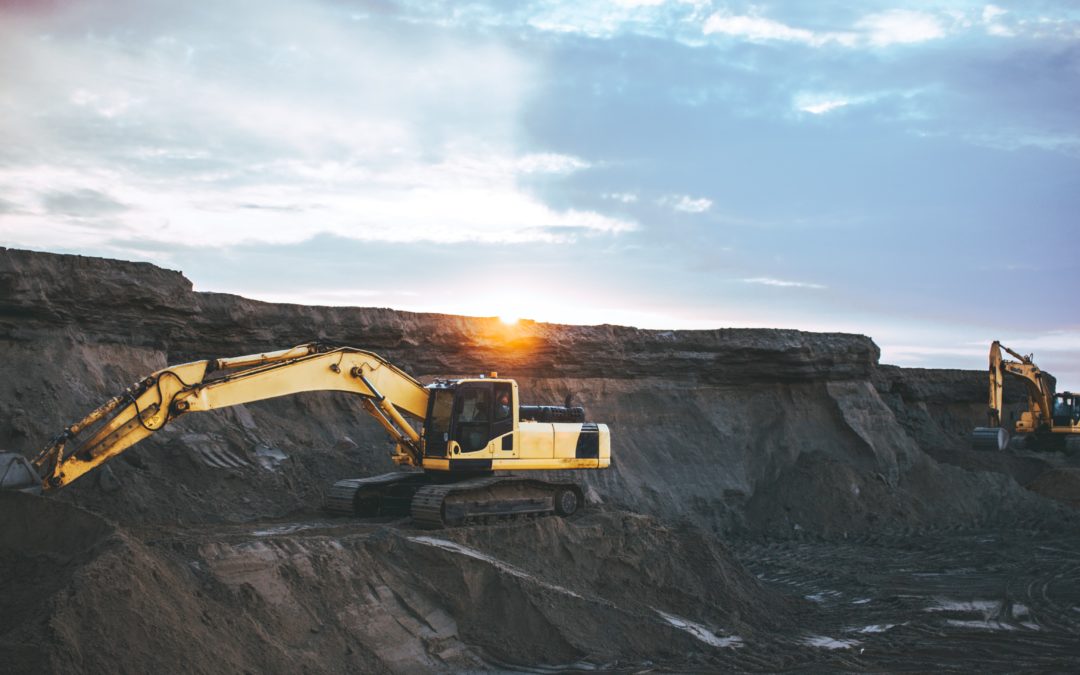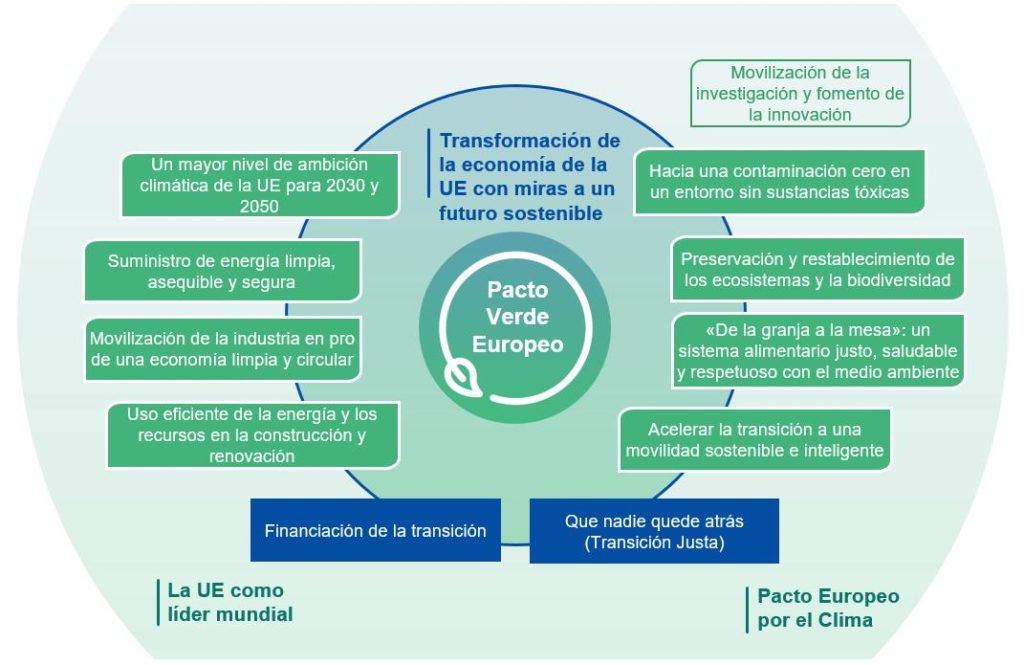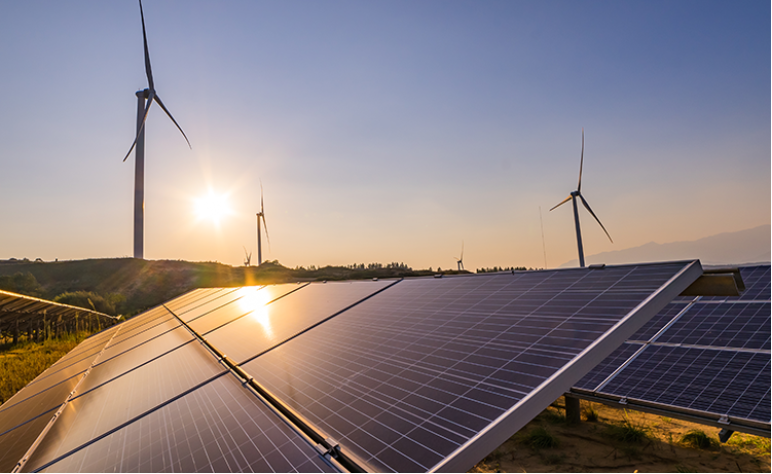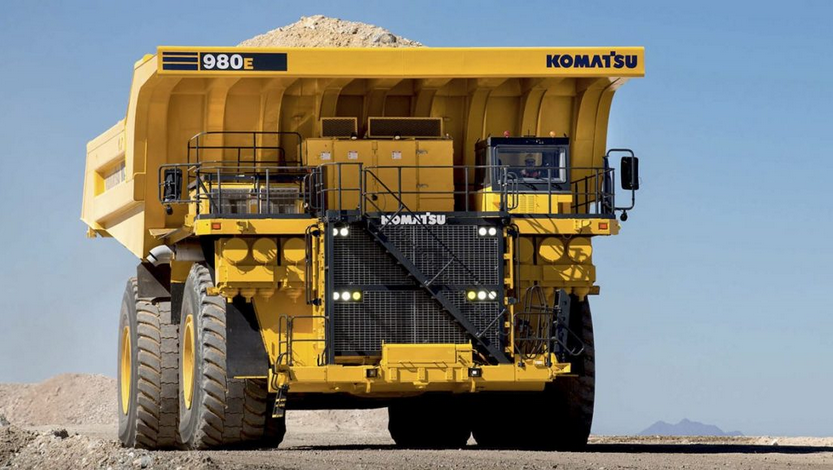
Is sustainable mining possible?
Mining activity has defined civilization since its inception and in approximately 90% of our daily activities we use chemical and mineral elements extracted from the interior of the earth.
Currently, mining contributes to sustainable processes, such as the European Green Deal, which try to achieve zero greenhouse gas emissions by 2050, ensuring the supply of raw materials, particularly critical or fundamental raw materials. Critical raw materials are those that are economically and strategically important for Europe, but with a high supply risk.

The EU list for 2020 contains thirty critical raw materials, used in electronics, health, steel, aviation, etc., and some of them are increasingly present in renewable energy. An example of this is the addition to this list of lithium, used in batteries for electric and hybrid vehicles, and bauxite, the main source of aluminum, which with steel and copper represents approximately 90% of the total weight of a wind turbine . The permanent magnets in the generators of these same turbines also contain other critical raw materials such as some rare earths, cobalt and boron.
In photovoltaic solar energy, more than 90% of the solar cells installed in the panels are made of silicon, in addition to containing other critical raw materials such as indium, gallium and germanium.

At the same time, the mining activity is implementing sustainable measures as new techniques in restoring the impacts generated and the use of remote sensing to monitor environmental behavior. Another measure is the reprocessing of waste, for example iron, zinc and platinum, turning these into secondary raw materials, moving towards a circular economy that will increase jobs in the EU by 2030.
More and more, electric and hybrid mining machinery is being used with autonomous and geolocation systems, saving costs and fuels, and various projects are being launched where there are wind and solar photovoltaic energy installations for self-consumption in mining operations.
Another mechanism that contributes to the European Green Pact is the Just Transition with the diversification of activities in regions with high dependence on coal, where there are sources of raw materials used in renewable energy.

Finally, in achieving the zero-emission target in the EU, the environmental and social risks posed by strategic agreements to guarantee the supply of critical raw materials with some countries outside the EU will be taken into account.
As a conclusion, the mining sector is important for the decarbonisation of Europe and the use of renewable and clean energy by integrating these into its own mining operations.